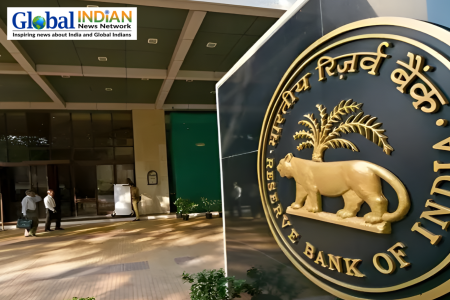
India’s smartphone production-linked incentive (PLI) scheme has emerged as a game-changer, generating $13 billion in revenue for the government over four fiscal years. The program has spurred the production of $148.7 billion worth of smartphones and components between 2021 and 2024, according to the India Cellular and Electronics Association (ICEA). During this time, the government allocated $687.3 million in incentives, achieving a return of 19 times the investment.
The initiative has also resulted in an additional $12.35 billion in revenue through taxes and duties on mobile parts and components, along with $5.69 billion in GST revenues, boosted by the tax hike on smartphones from 12% to 18% in April 2020. This growth coincided with the scheme’s launch, showcasing its significant impact on the industry.
Apple’s manufacturing partners like Foxconn, Wistron, and Pegatron, along with Samsung, have driven much of this success. However, only a few Indian firms, including Dixon Technologies, have met the required production targets. The scheme’s success has also translated into employment, creating nearly 300,000 direct and 600,000 indirect jobs, with many opportunities for women in mid-skilled roles.
India’s smartphone exports have reached $34.01 billion during this period, positioning the country as the world’s third-largest smartphone exporter by 2023. The U.S. has emerged as the primary destination for these exports, further strengthening India’s global trade relationships. Additionally, the value addition in local smartphone manufacturing has increased from 12% to nearly 20%, reflecting the scheme’s contribution to building a robust domestic manufacturing ecosystem.
The PLI scheme has not only amplified production but also encouraged foreign direct investment, making it a transformative initiative for India’s electronics industry. As the program continues to evolve, it is expected to further solidify India’s position as a global manufacturing hub.













